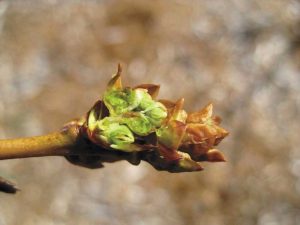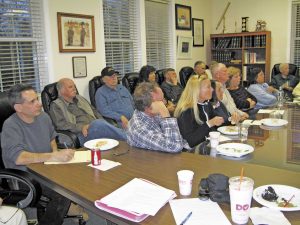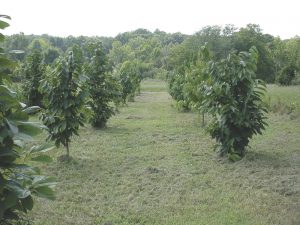Rhode Island fruit growers concerned about harvest
 by Kristen M. Castrataro
by Kristen M. Castrataro
It is only spring, but already many Rhode Island fruit growers are expressing grave concerns about this year’s harvest. The mild winter may have been welcome to many, but Rhode Island peach growers are not among them. The warm temperatures meant that peach trees began gearing up for spring in January. Frigid temperatures moved in during February, however, killing the fragile blossoms. Growers across the state are citing 100 percent crop loss in peaches. (more…)










